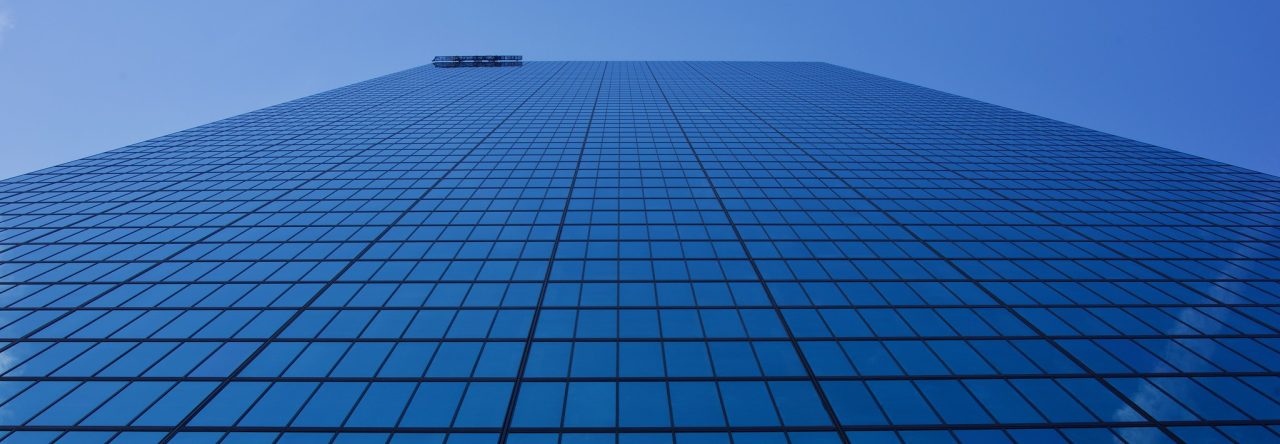I’m back dating this post a bit, but this is the site I worked on all through IAP. And no, Grandpa, I’m not working for Al-Jazeera. I think my implementation is better than theirs.
Now I’m working on cleaning up the code for open release, and finding a host organization to sponsor me on a trip there this summer.
—
Virtual Gaza is an independent, civic media initiative established by a collective of scholars, media activists and Palestinian residents of Gaza in response to the Israeli assault on the Gaza Strip in December 2008-January 2009.
For years, Israel has been gradually tightening its strangehold on the 1.5 million Palestinians living in the Gaza Strip, sealing its borders and cutting off adequate food, fuel, and medical supplies, bringing the economy and infrastructure to the point of collapse.
Israel has also sought to control how Gaza’s story is told to the outside — from its sophisticated ‘public relations’ campaigns to blocking the entry of foreign journalists.
Virtual Gaza is a space where ordinary Palestinians under siege can describe their experiences in their own words, and where the destruction of the Gaza strip can be documented by those experiencing it directly. The diary entries, photographs, and video material gathered here have been contributed by residents of Gaza. For safety reasons, authors are located in neighborhoods but their precise location is not shown.
Virtual Gaza invites you to help break the information blockade.
virtualgaza.media.mit.edu
